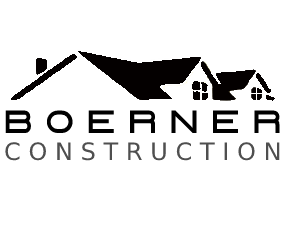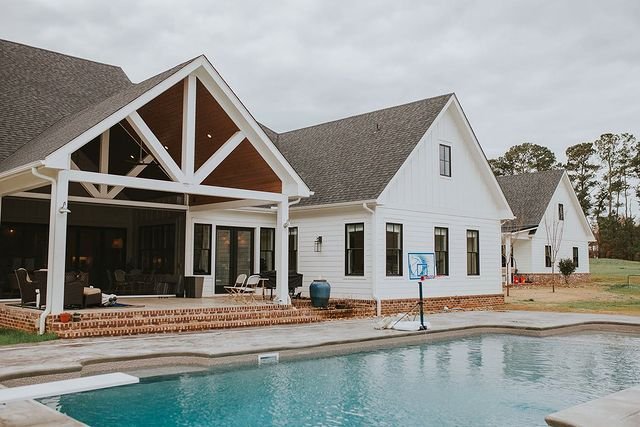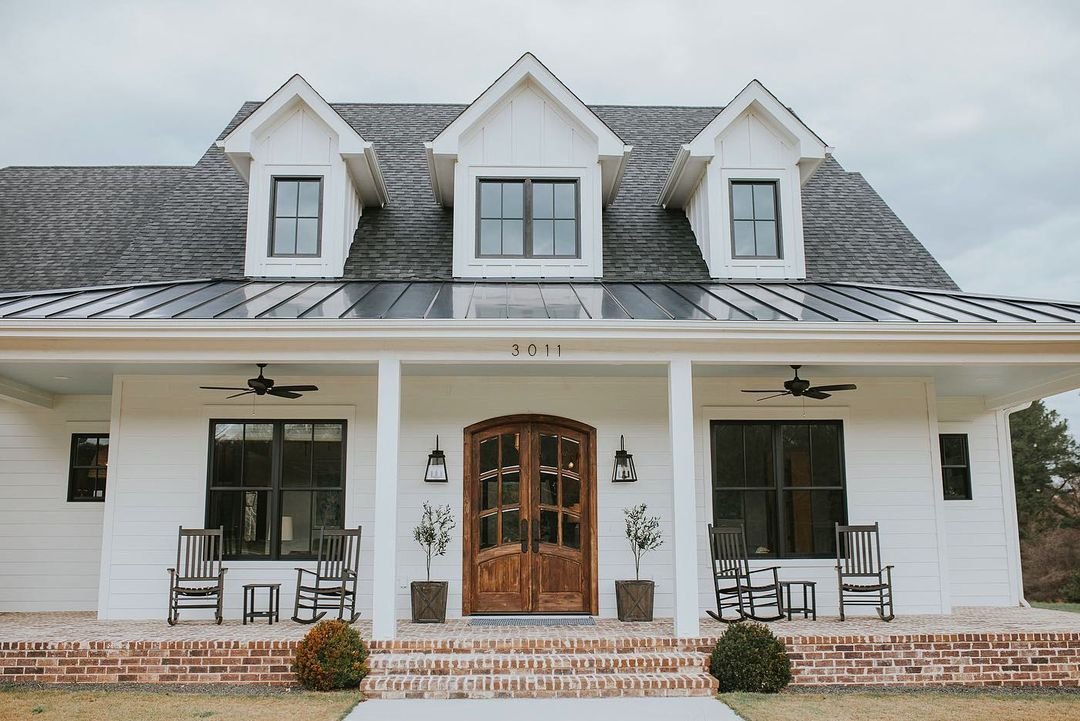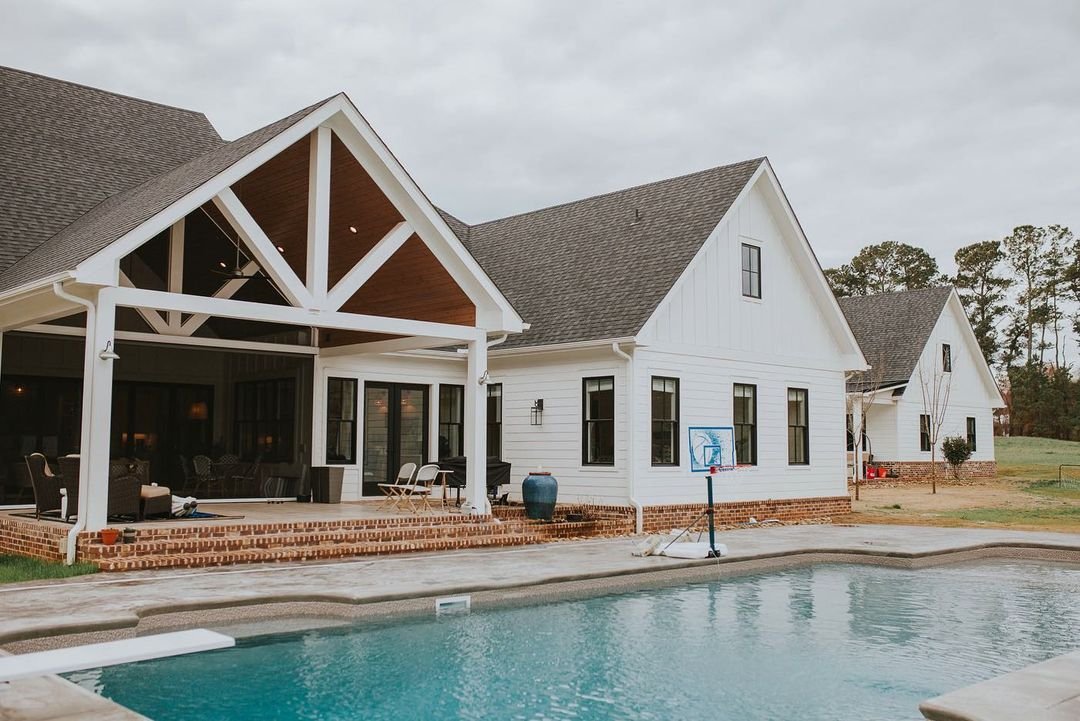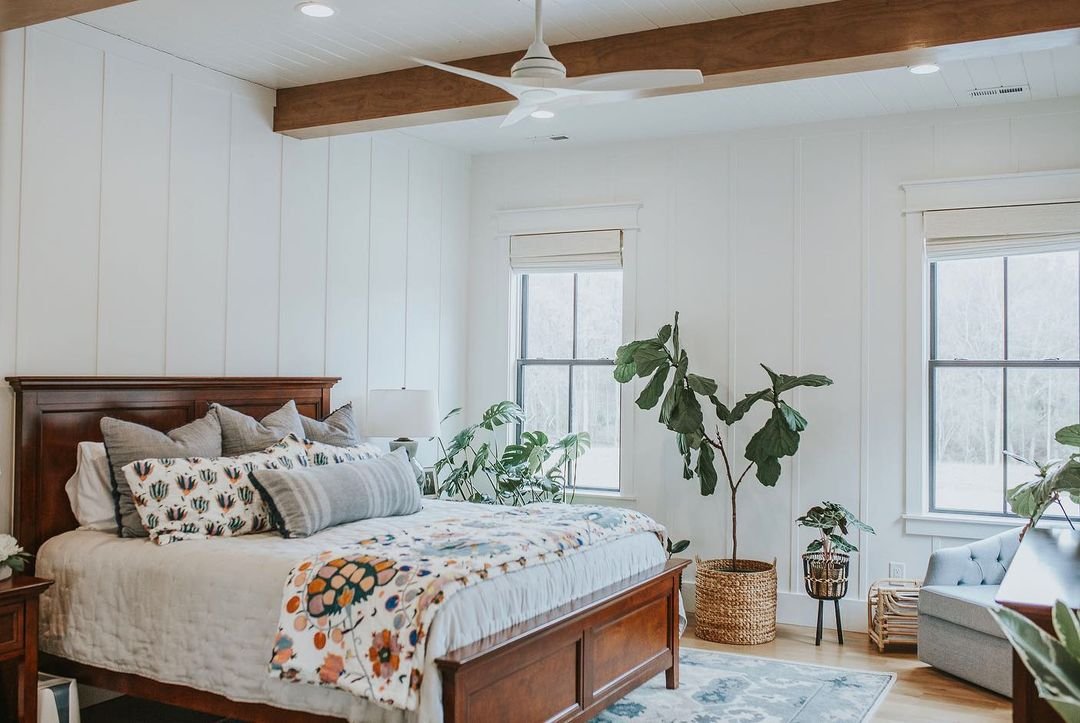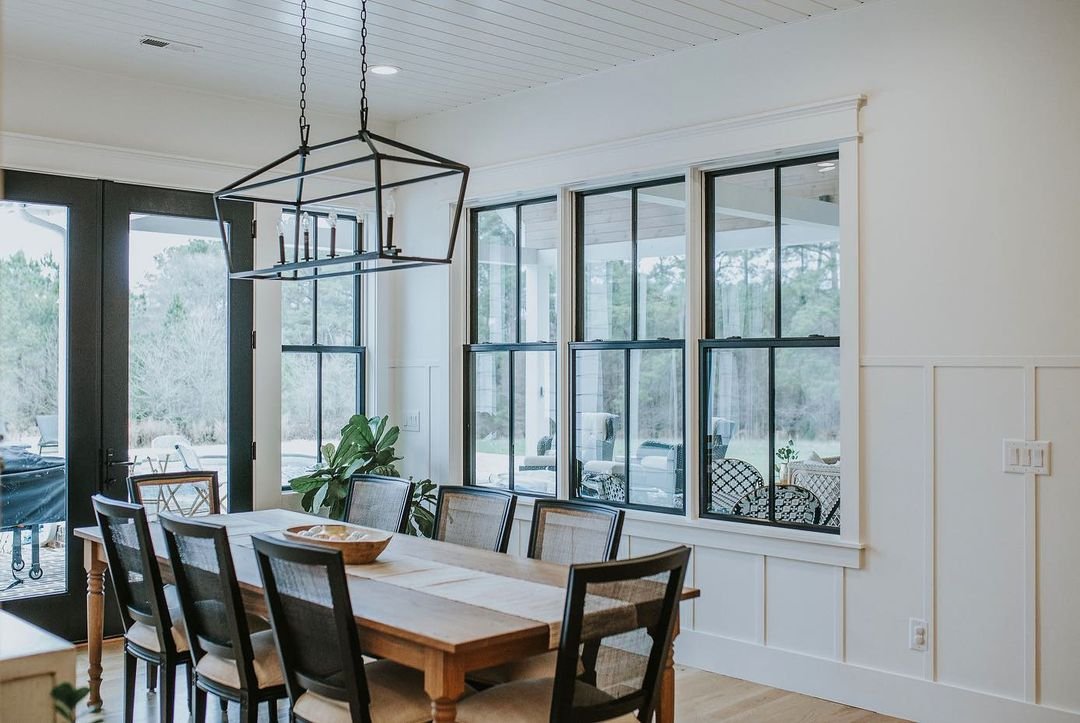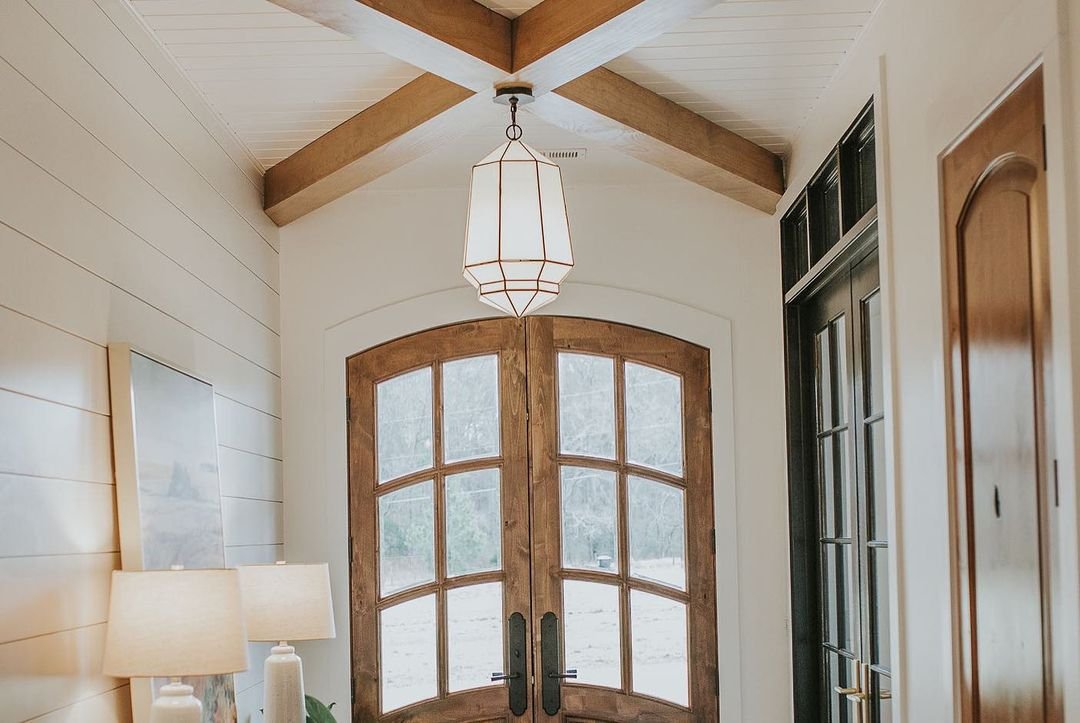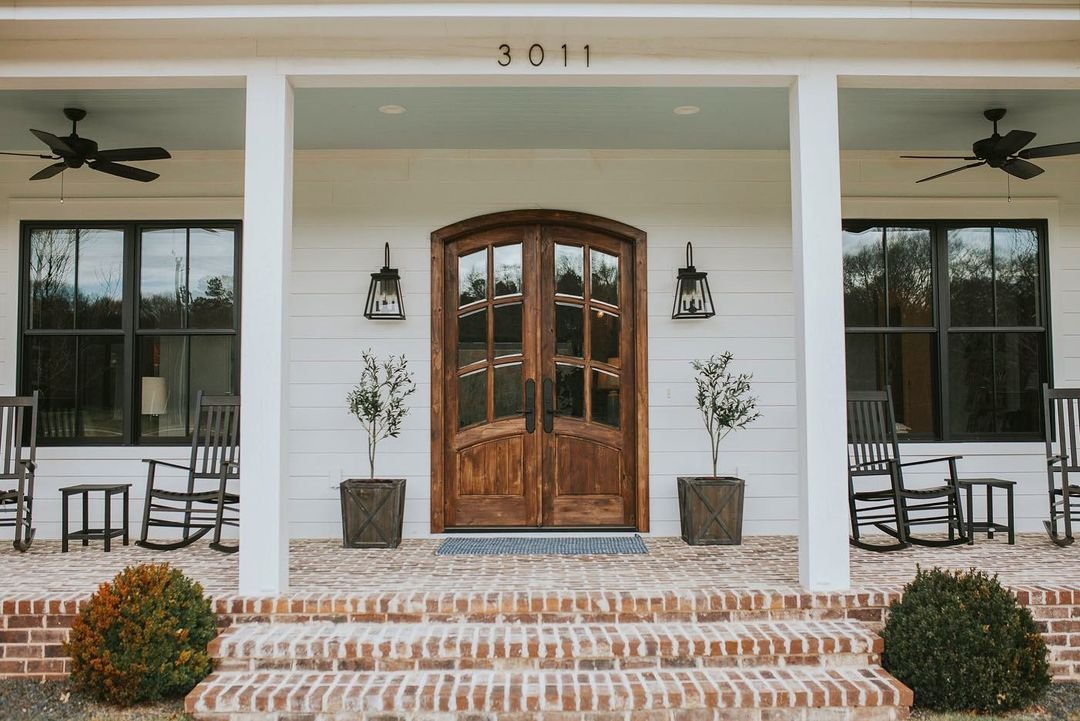Ultimate Guide to Construction Loans in 2024
Considering a construction loan? If you’re building a custom home, breaking ground with new construction, remodeling, or adding on to your existing home, you’ve come to the right place. Boerner Construction makes it easy to find the up-to-date construction loan interest rates, learn the difference between a construction loan and a traditional mortgage loan and find the answer to “how does a construction loan work?” As a custom home builder in Upstate SC, we’ll walk you through everything you need to know about construction loans in 2024. By the time you’re finished, you’ll breathe a sigh of relief and feel empowered to build the home of your dreams, without sweating the numbers.
What is a construction loan?
A construction loan is a temporary, higher-rate loan (6-10% APR) that provides the funds required to build a custom home or property. Construction loans typically require a down payment of 20% and transition into a traditional mortgage loan once the property is completed. The reason a construction loan has a higher interest rate than a mortgage loan is the bank assumes more risk because while the property is being built there is no finished structure that can act as collateral for the bank/lender to seize, in case you default on your loan.
Need a Construction Loan Calculator?
As of March, the average construction loan interest rate in 2024 is 6.750% for a 15 year and 7.250% for a 30 year.
How long is a construction loan?
Construction loans cover the length of time it takes to build your property, usually from 12 to 18 months. After the building phase of your project, your construction loan then transitions into a traditional mortgage loan. During your construction loan, your monthly payments will vary based on the monthly project costs. After your construction loan, your costs will be a set monthly cost, including interest. As you budget for construction costs, you’ll also want to consider ‘where should I live during my home build?’ For an estimated monthly payment during construction, here is a helpful construction loan calculator.
How Much Is The Down Payment on a Construction Loan?
In 2024, the average down payment for strong credit on a new home construction loan is 20% of the construction cost. To calculate the construction loan down payment more precisely, you’ll want to get an appraisal value of your future home. Once you have the appraisal value, the bank will determine what percentage of that appraisal they will lend to you. Then, determine the total cost of construction, which your custom home builder provides, and subtract the total loan amount from the cost of construction to calculate the total amount of your downpayment.
How do payments work on a construction loan?
During the construction phase of your property, you begin making interest-only payments on your construction loan. While you’re paying down the interest, the building work progresses because the principal loan is used to pay the contractors and subcontractors in regular installments (called “draws”), while you begin paying the monthly or quarterly interest.
What is the Difference Between a Construction Loan vs. a Mortgage Loan?
Construction loans are different from regular mortgage loans in that you won’t receive the funds all at once, rather, the bank will make payments to your home builder through draws as the home builder finishes each stage of construction. This also means that you do not pay a flat monthly payment, while your home is being built. In fact, over the course of the custom home building process, your monthly interest payments vary in increasing amount with each successive month. Construction loan interest payments are calculated off of the increasing amount drawn—up to the total construction loan amount for the final month of building—which means you’ll pay down the most interest on your final payment.
TL; DR - Construction Loan Costs
Plan ahead for the way your interest payment on a construction loan increases month-to-month over the course of the construction process. The good news is that the construction process doesn’t last forever (12-18 months), and your construction loan then transitions into a mortgage loan where you’ll have the choice to lock in a fixed payment over 15, 20, or 30 years that will pay off the remainder of the construction loan and the interest of your new mortgage. Learn more about breaking down construction loan interest payments.
Do i pay Closing Costs on a Construction Loan?
Yes, you will pay closing costs on your construction loan and your mortgage loan. The closing costs involved in your construction loan are dynamic and include:
1) Owner’s Title Policy (0.75% of the loan amount)
2) Final Inspection by Appraiser ($200 - $35o)
3) Property Survey ($600 - $1o00)
4) HOA Transfer Fees ($1000 - $1400)
5) New Construction Escrows and Tax Prorations (dynamic)
Additional closing costs that may be waived, optional, or unnecessary:
5) Credit checks, loan origination, and processing fees
6) Attorney’s fees
7) Points to purchase a lower interest rate
what are the requirements for a Construction Loan?
Construction loan lenders take into account the following construction loan requirements:
Credit score above 620. If you want the lowest interest rates, a credit score of 740 and above is ideal.
DTI ratio. Your debt-to-income ratio measures your monthly debt costs to your gross monthly income. Construction lenders require a DTI of lower than 45%.
Down payment of 20%. Construction loans are considered high-risk loans, requiring a higher percentage on your down payment. That said, if you can put a larger down payment on your construction loan, you’ll have a higher likelihood of being approved by your lender.
As Much Information as Possible: Construction loan lenders like to know as many details about your construction project as possible. The details that will help you get approval on your construction loan are:
Transparency with bank/credit records of your financial history
A signed construction contract with a custom home builder who is licensed, insured, and approved by your lender
The deed for the property
A construction plan with detailed designs and blueprints for your new home
A line-item budget for your construction
An estimated draft/draw/payment schedule for your building project with monthly milestones
Complete Guide to Find a Custom Home Builder
What’s Next? Choosing Your Custom Home Builder
Once you understand how your construction loan rolls into a mortgage loan, you can begin the process of choosing a custom home builder and a lender. Most lenders have a pre-screening process for builders, and it’s always helpful if your lender has worked with your builder before.
1) Start by making sure your home builder is licensed in South Carolina
2) Research custom home builder reviews and reputations
3) Explore the home builder’s website and submit your contact information to schedule your home builder consultation
4) Learn about the pricing of your dream home and ask the home builder about lenders they have worked with
5) Compare lenders and decide who is right for your construction loan
-
Construction loan payments begin after 12 to 18 months, which is the normal term of the construction process. However, you should be aware of several other costs involved in a construction loan that are more pressing, especially the downpayment (usually 20% of the loan), and the interest-only payments you are required to pay with every draw during construction. Those interest-only payments start smaller and scale up as your contractor receives larger draws from your lender. Speak with your lender so you understand what you can expect the increase in each of your interest-only payments to be. Bottom line: though you will not pay on the principal of a construction loan for 12 to 18 months, you will have other costs like an appraisal, origination fee, downpayment, interest-only payments, and other fees. When construction is finished you will begin paying the principal of the construction loan (which typically gets rolled into your mortgage loan).
-
Description text goes here
-
Description text goes here
Looking for a custom home builder in Upstate SC?
“My custom lake house is gorgeous and way beyond my expectations. Kyle Boerner made the entire process a pleasure (does anybody ever say that during a home building experience?!?). Kyle was very informative on each build process, he is excellent and scheduling his sub contractors so there is always progress, he accommodated my changes without hesitation, and he is very personable. I will use Boerner Construction if I ever build another home!”
